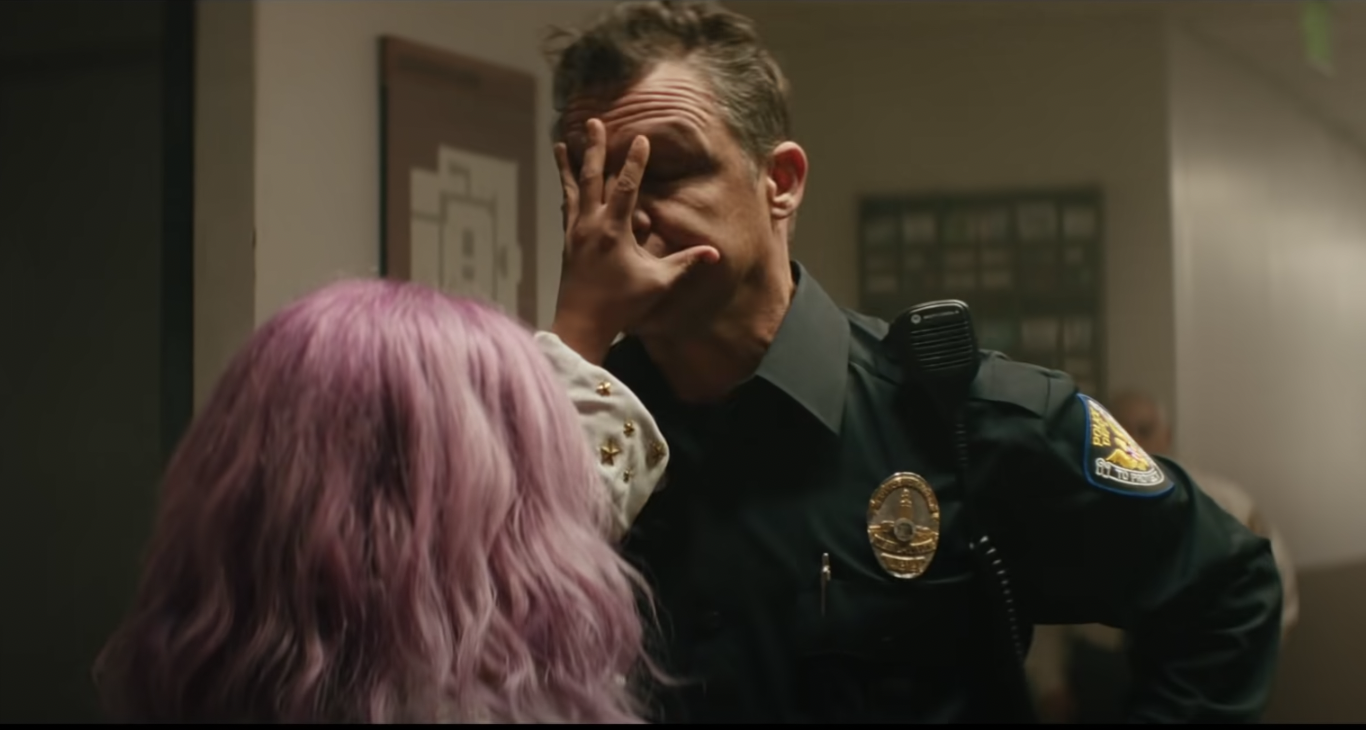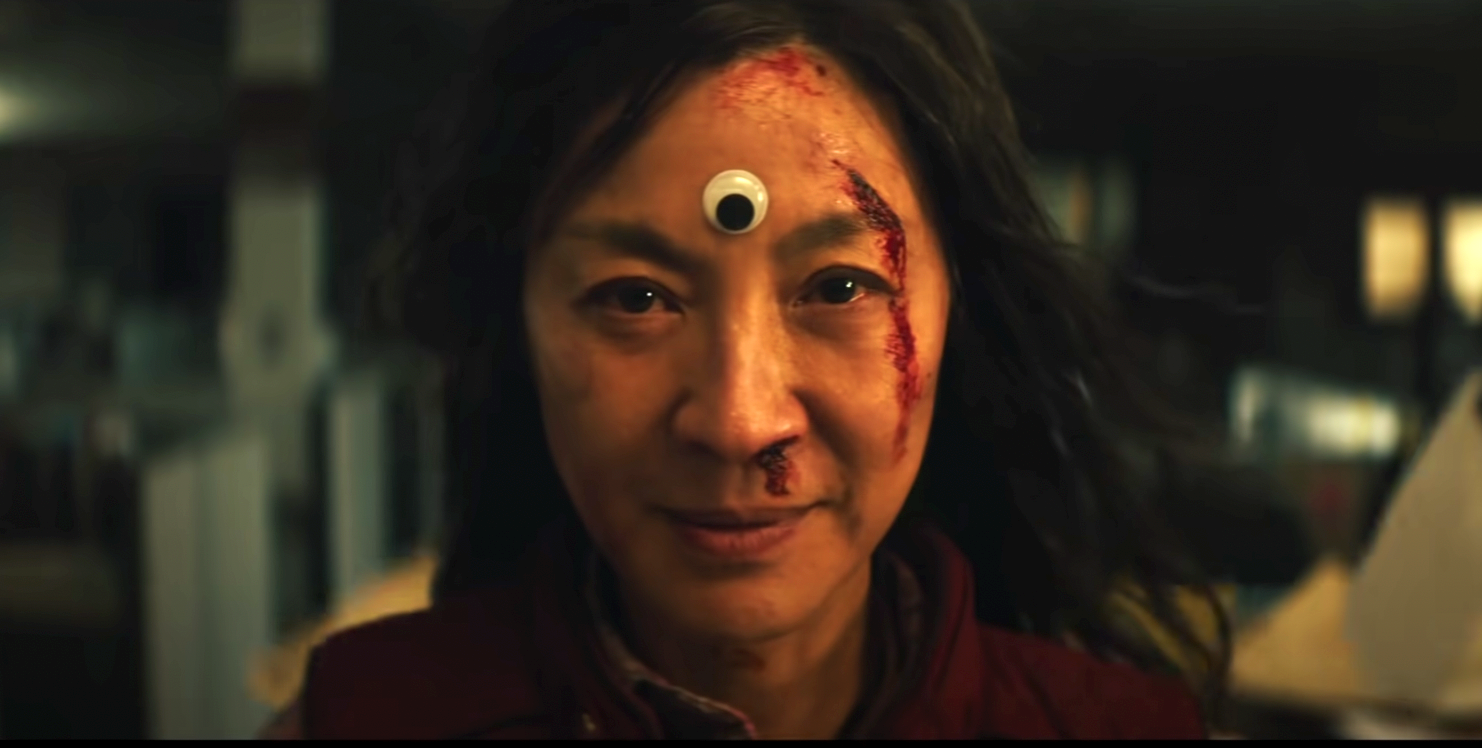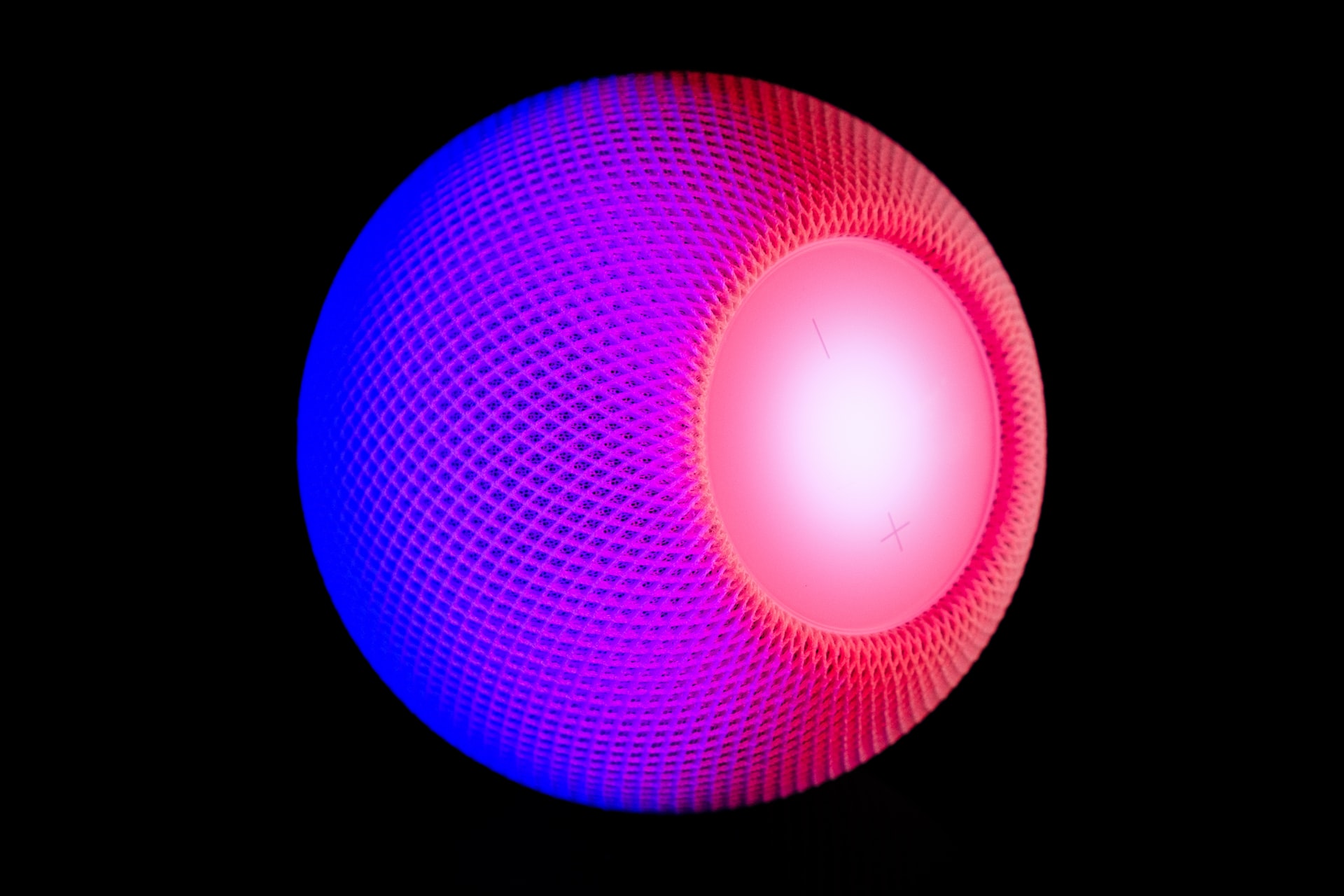Interviews
Ex Machina Writer/Director Alex Garland Talks Robots, Consciousness and Jackson Pollock
E
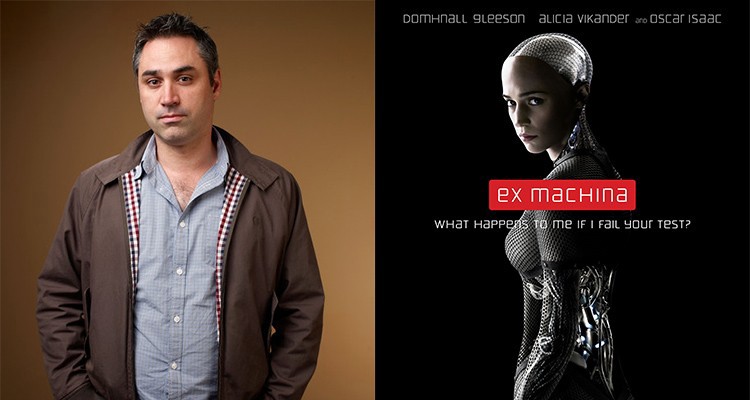
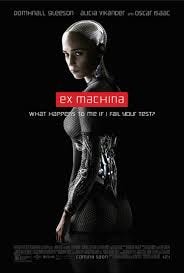
Novelist, screenwriter and now film director, Alex Garland is one of those rare permutations of artist who seems to be able to do it all. Not only did he write the novel The Beach, but also the screenplay for the game-changing-zombie-movie-to-beat 28 Days Later. He also adapted the famed Ishiguro novel Never Let Me Go. But, lately, Garland has traded in clones for robots with his directorial debut: Ex Machina.
Concerning the machinations of a bro-tastic eccentric tech-company owner named Nathan (Oscar Isaac), a possibly-sentient robot named Ava (Alicia Vikander) and one of Nathan’s nice-guy employees, Caleb (Dohmnall Gleeson), Ex Machina is the most serious film about artificial intelligence and robots since, well, maybe Blade Runner. Though billed partially as a psychological thriller, Ex Machina is disturbing and compelling not because it’s conventionally frightening like 28 Days Later. Instead, the movie is a nuanced and complex approach to the robot conundrum: If they were truly self-aware what would we do? How would we react? What would they do to us, for real?
I spoke with Garland on the phone this week about Ex Machina, his literary influences, and how a Jackson Pollock painting figured into the movie’s themes.
Ryan Britt: Great movie! Your best yet?
Alex Garland: From my point of view it is, yeah. I’m kind of very happy with this film and how it turned out. I was working with a very good bunch of guys. It was a pleasure.
Britt: Let’s talk about robots and literature. How did you first come to robots? Who were your first?
Garland: That’s a good question. I guess, I guess; in some respects C-3PO and R2-D2. They’re the ones I can clearly identify and remember. But there were robots I’d encountered before. On Sundays there would be some old sci-fi movie on in the afternoon. But I actually used to go to a cinema club that would show the old Flash Gordon serials and stuff.
Britt: The boxy robots.
Garland: Exactly. So I used to encounter them I guess. But in a “sophisticated” way, C-3PO and R2-D2. My mum also took me to see 2001 when I was 10 or 11. It got released then and she was like “you really ought to see this film.” And she took me to a big old London cinema. That film made a big impression on me. I’m surprised that at that age I was able to stay engaged with it.
Britt: Sounds like you and I had similar moms.
Garland: (laughs) So, how did you find it? Do you remember feeling engaged?
Britt: I’m not sure! I think we [as kids] had more patience than maybe kids do now? BUT, that leads into my next question: 2001 is obviously connected to the author Arthur C. Clarke. And so there are the robots of older literature: Asimov, Clarke, and Brian Aldiss to an extent. Now you’ve got Anne Leckie’s sort of A.I. in her novels. So, I thought your approach to artificial intelligence was a little more literary than what we’re maybe used to in films. Was that a sensibility you were going for?
Garland: Well, I’m not sure it would be a conscience angle. But it [a literary robot] would be there because I used to read a lot of sci-fi as a kid. Also I was born in 1970, so there’s a certain kind of 70’s sci-fi that’s just in my system. For example: I remember being struck by the robots in Silent Running and being like WHOA what is this film? And being quite attached to those little robots. And you know, the robots in The Black Hole, the Disney film.
Britt: Maximilian!
Garland: Maximilian. Plus the cutesy robots that floated around. And the thing about 70’s sci-fi is that there seemed to always be an idea firmly embedded in all the movies, and that idea was pretty overt. Whether it was Soylent Green, Logan’s Run, or Planet of the Apes, it was all sort of front and center. I think I’ve got a generalized set of influences all-pre 1980 whether it comes from book or films.
(interviewer’s note: All three of those films were adapted from books: Logan’s Run by William F. Nolan and George Clayton Johnson, Planet of the Apes by Pierre Boulle, and Soylent Green was adapted from the novel Make Room! Make Room! by sci-fi legend Harry Harrison.)
Britt: So, you’ve got a Pollock painting that your character owns, and it’s central to the film. Meanwhile Ava [the robot] is drawing these abstract pieces of art. And Kaleb wants her to create more figurative, or representational art. Was one of the themes of the movie abstraction versus figurative art?
Garland: Boy. That’s a really complicated question. It ties into a whole bunch of stuff. And because it’s not one of those questions I’ve been asked before, I don’t have one of those answers where I can just reach for, as one does in interviews! It’s a really good question. Which is terrifying.
Britt: I didn’t mean to terrify you.
Garland: It’s cool, man. It’s cool. Okay. Just as a starting point, I was interested if Pollock was ever able to actually create “automatic art,” and create something from the place he was intended to do it really. And that relates to an argument about free will and whether it exists at all. Now, I do have a separate interest in drawing and in figurative art and the extent to which some kind of creative impulse is a facet of consciousness…whether it’s exploring tools or exploring art, it’s all about a symbolic representation of the world. All of that plays into the movie and I could continue talking about that, but at a certain point I’m not sure at what point I’d lose track of what I was consciously thinking about while writing the movie or what then I was just riffing on because you provided me with this framework!
Britt: For me the Pollock thing helped you say that this [Ex Machina] was a new kind of science fiction movie.
Garland: Well, I wouldn’t want to presume that this is a new kind of science fiction movie. But, for what it’s worth it used to be a much longer scene. There was a whole separate extra element before the scene you see in the film. Could a Pollock be recreated by someone else [a robot] and with different drips and different strokes, could that be as valid. And this gets into a conversation about conciseness, that if it walks like a duck and quacks like a duck, then it’s a duck. So…[in the scene not in the final film] Nathan has done this multibillionaire guy experiment where he bought a Jackson Pollock for 60 million dollars and then he had it recreated using original canvas from the Pollock estate and had them recreated down to the microscopic level. And then he mixed them up and destroyed one of them, and he had no idea which was the original and which was the fake.
So, what he’s saying to Kaleb is: does it matter which is the original and which is the “fake,” which is what they’re discussing with the robots. With Ava. But, a lot of if needed to be cut.
Britt: It seems very Asimovian. Will it matter if robots are indistinguishable from humans?
Garland: The answer I’d lean towards is “no.” It wouldn’t.
Ex Machina is now in wide release from A24.






